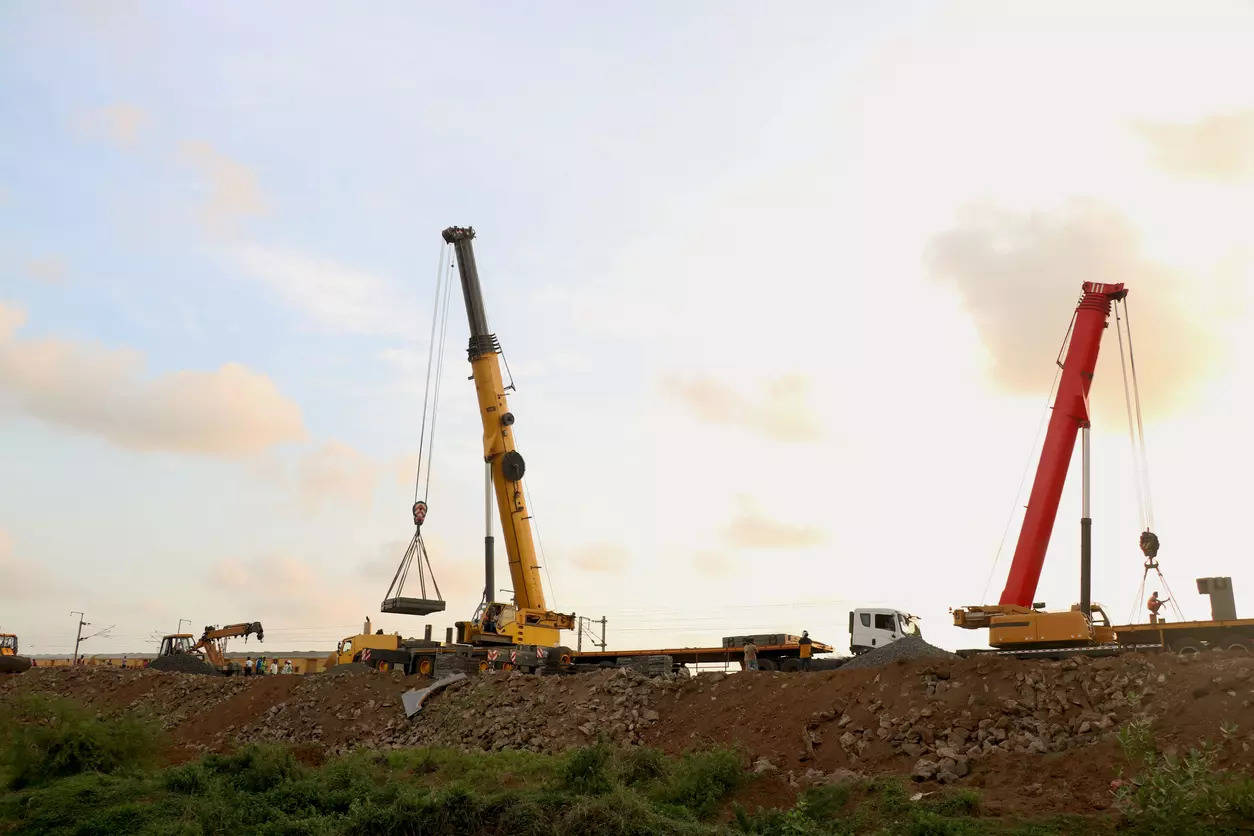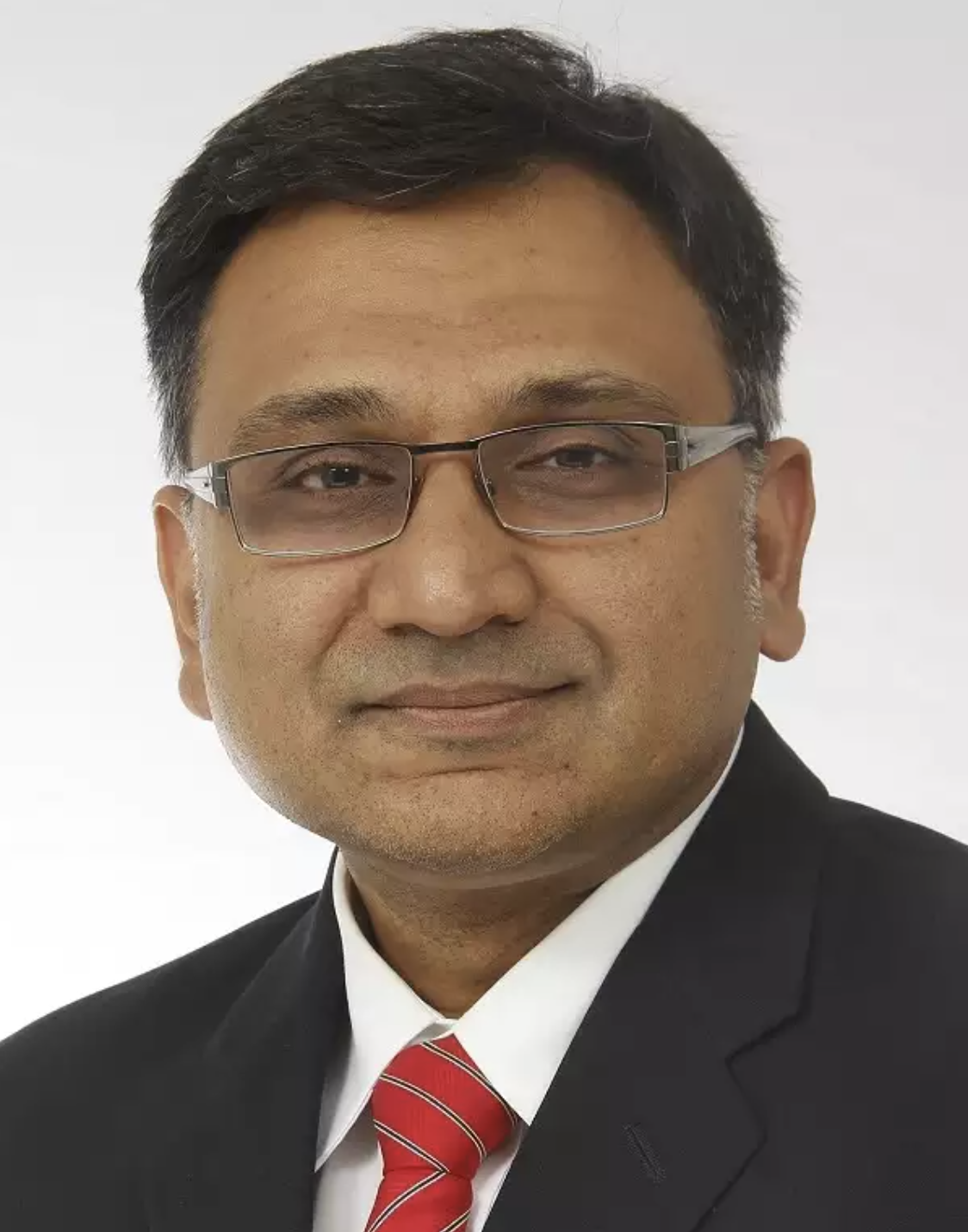
Q: With BSVI well settled now, what’s the next set of new developments Cummins India is focussing on? How do you see the market progressing?
Emissions norms are going to get tighter. Similarly fuel economy norms are also coming in with OBD C, along with OBD 2 which is going to start from April. It will move to phase two of the BSVI emission norm. The emission laws are getting more stringent than earlier.
And fuel economy norms are also set in which means to get a lot more efficiency out of the same platforms, without incremental costs to customers. Then there’s CPCB rules which are applicable for the power generation and other stationary applications. They will move from CPCB 2 to CPCB 4+.
It’ll be a leapfrog, like it was for automobiles (BSIV to BSVI).
This is a big leapfrogging. It goes from mechanical product to full scope electronics with aftertreatment. And it is tighter than any other emission norms below 750 KVA in the world. It means that India’s off-highway emission norms will be the toughest in the world. And so we are ready with all the products for that. This comes into effect from July of this year. Yes, it is also happening.
Q: Would that mean any significant cost jump?
Yes, significant cost jump, because there’s a technology jump, going from mechanical to full scope electronics, plus after treatment. But there is also a significant difference in levels of cleanliness and those kinds of things.
Q: Could that influence market growth, at least for a short while, as there may be a buying spree before the new norms?
Maybe for a little while, but then this happens in every transition. There is no other option. Even though people keep saying that power is reliable, it’s not that reliable in spite of the grid getting more reliable. And as people get more used to reliable power and more power, the per capita consumption of power has gone up. The need for dependable power is going to keep increasing. So we are seeing record demand in power generation.

Q: In the background of such developments, what kind of incremental investments have you earmarked, or have made already?
Over the last 10 to 15 years, Cummins has invested close to a billion dollars in India, some of which are already coming into play for some of these. Then we are looking at the new technologies which are coming in the areas like electrolysers, hydrogen production, hydrogen infrastructure production, electric vehicle batteries, the electronic systems, and all the systems that we are launching here. All of them will need incremental investments. Now we are evaluating what we have to scale up and how much we need. Accordingly, we’ll make the investments.
Q: What could be the investment scale in the coming financial year?
Not very significant, but most of the investments are not in capex, but in product introduction and development. We have lots of infrastructure. The core infrastructure manufacturing is already ready. But for electrolysers, etc, then that will be a new capex. And that’s being negotiated right now. I’m not in a position to say when, where and what, but soon.
We have invested over USD 1 billion and we have 21 factories. Also, we have the biggest tech centreer in the world (for Cummins) with over 2500 engineers in India. We are at 90% localisation of products, other than all the electronics which are not made in India. Most of the other things are localised and not only serve us in India, but are exported around the world.
And along the way, we have done a huge amount of work in diversity, equity and inclusion. So about 36% of the 12,000 people are all women. Even in my leadership team, we have reached 50% women and our plan is to have at least 50% women across the whole company by 2035.
We completed60 years in India last year. So, we feel like we are part of India. We don’t think of ourselves as an Indian subsidiary. We think of ourselves as an Indian company, which is also helping the world. We have access to the best technologies, the best resources, we understand the Indian market, we have the best customers and the scale. We understand the niche needs of India, and are utilising all the government incentive schemes to do more exports, as well as bring in more technology to India. It’s quite an exciting time.
India goes through this journey of trying to become a 5 trillion economy. Every part of it will touch on infrastructure and it is something where Cummins has a role to play. So whether it be rail, we have fuel cell trains running. We have 30 trains running in Germany on fuel cells. In India, we have launched a lot of products for the electrification of railways. Of course, in the diesel railway portion we have been playing a part for a long time.
We are participating in defence, marine, mining, power generation, and the whole mobility space including off highway space. So, we have a role to play in the growth of India, we have grown with India, we have helped in the growth of India. And of course, we have benefited from that growth as well.
Q: How much business are you expecting by the close of the current year?
I’m talking about the group as a whole. As a group, we think we are going to be roughly, a USD 3 billion group in India.
Q: What percentage of the revenue comes from the engines business?
All the businesses are linked to engines in some way. But the pure engine portion of it will be at least 60%.
Q: Are you looking at inorganic moves for a more sustainable growth in this disruptive era?
We have products like the e-axle through Meritor. We have products like the AMT from the Cummins-Eaton JV. We have all the battery components and all the battery management systems, and vehicle control systems to run a battery electric vehicle or a fuel cell electric vehicle. And also the hydrogen infrastructure etc. So we continue to look at opportunities to expand in all of these areas.















